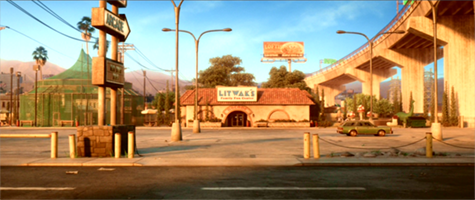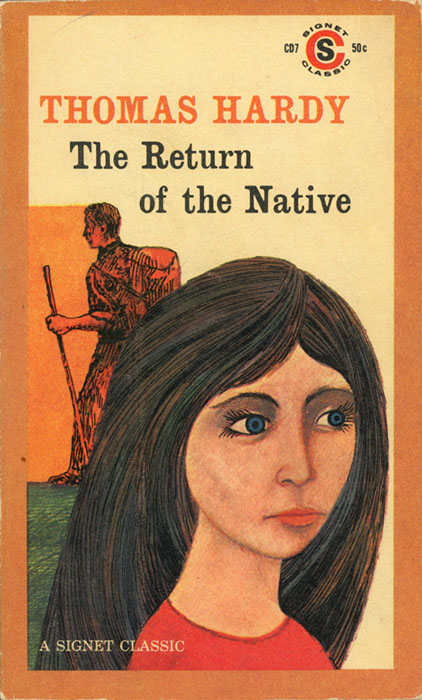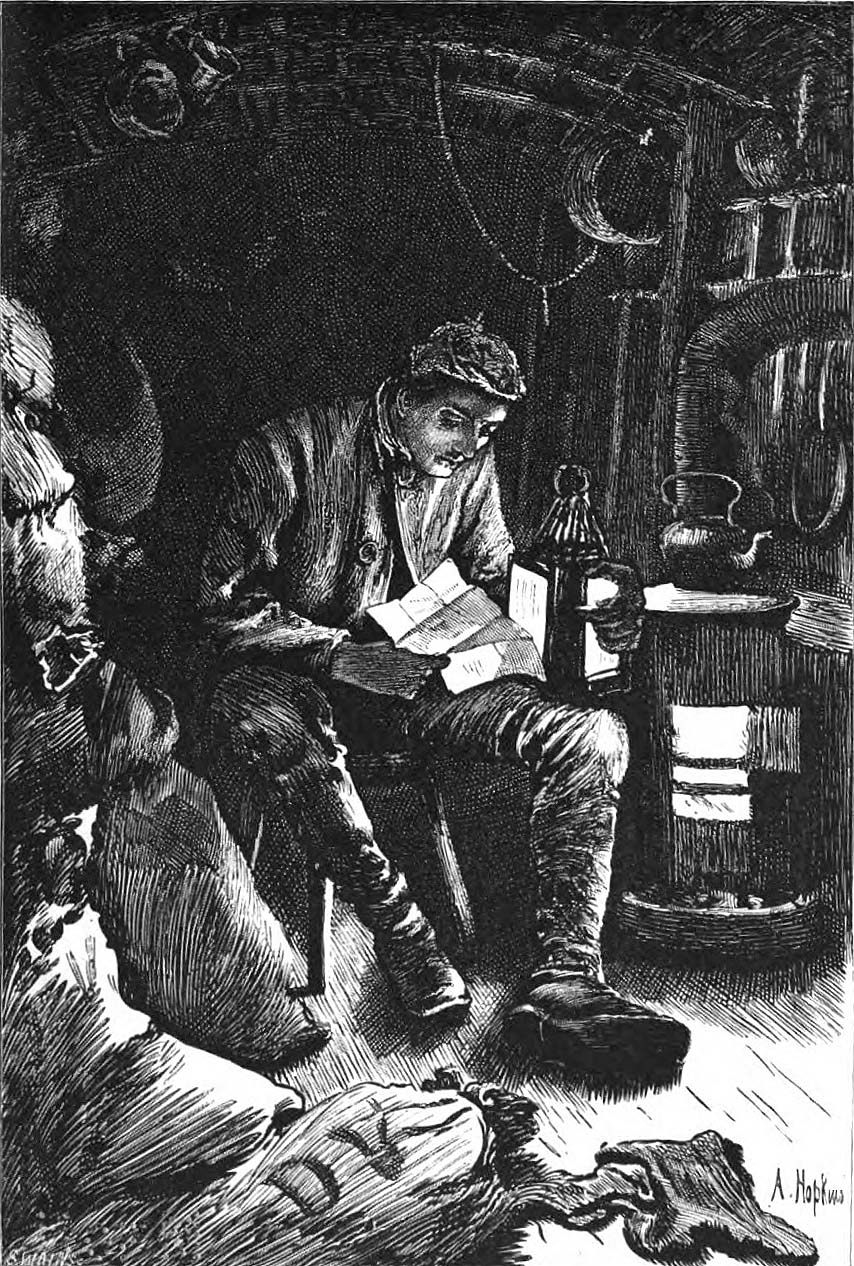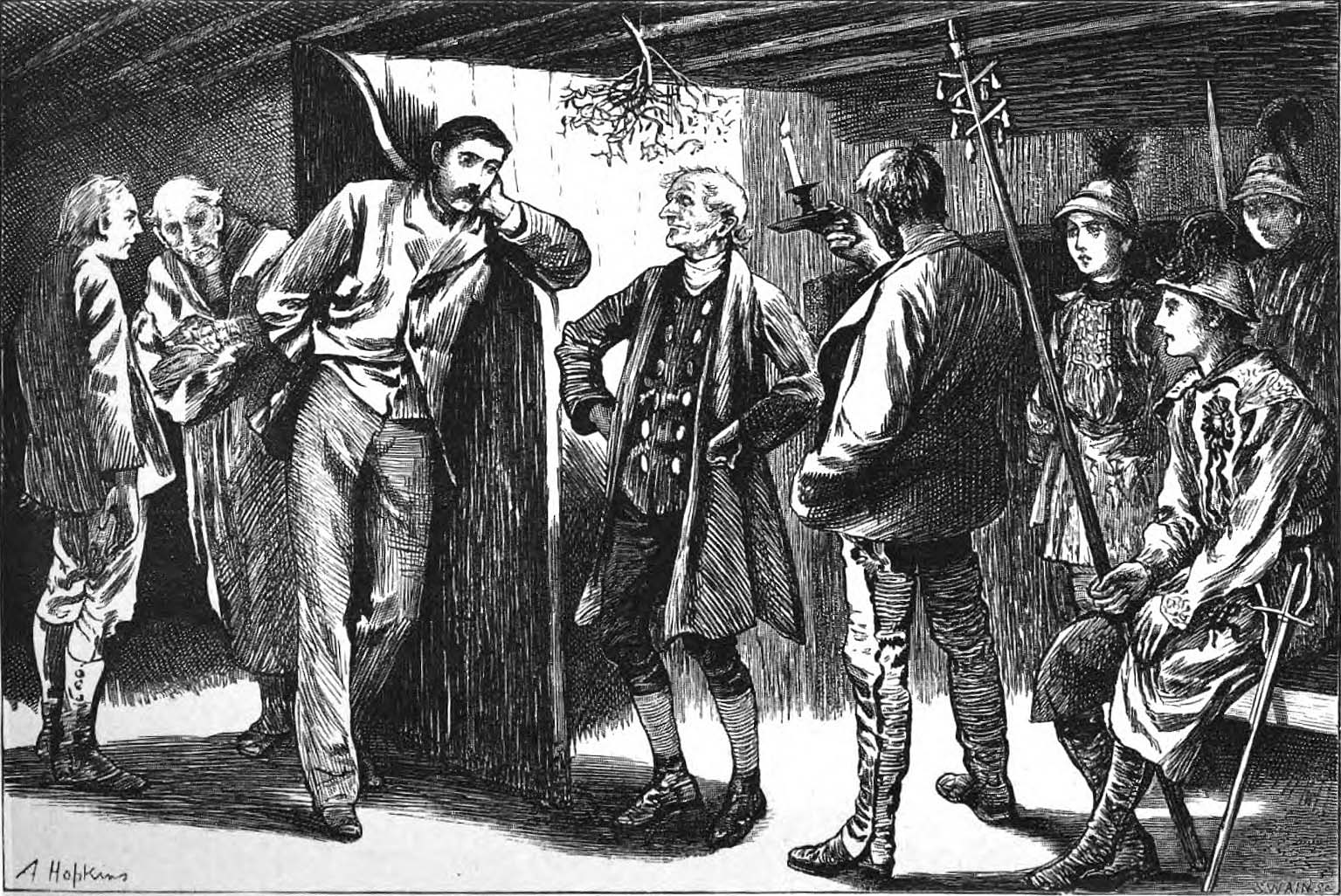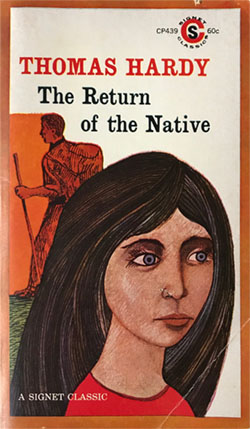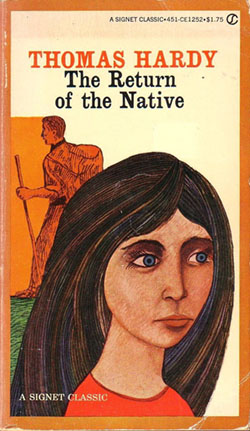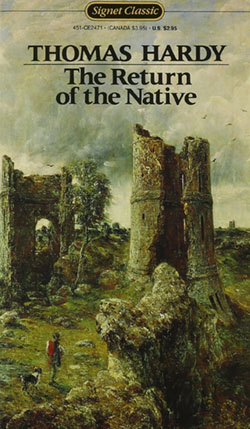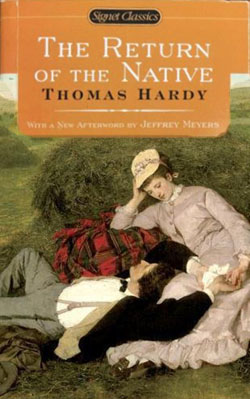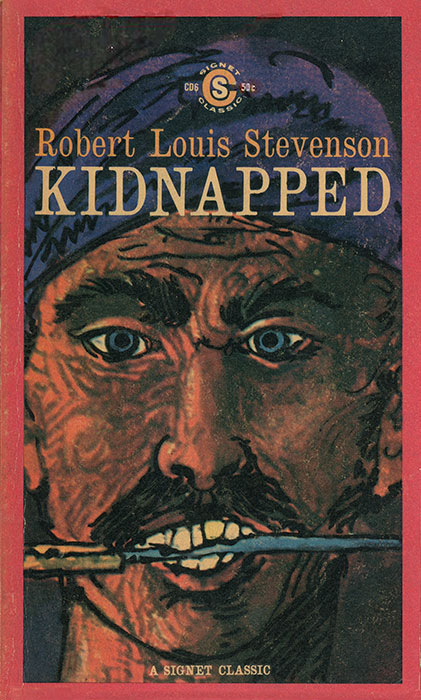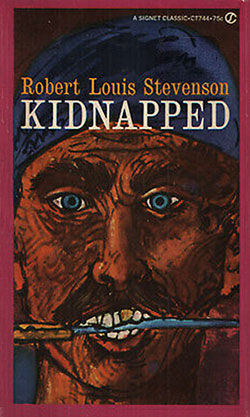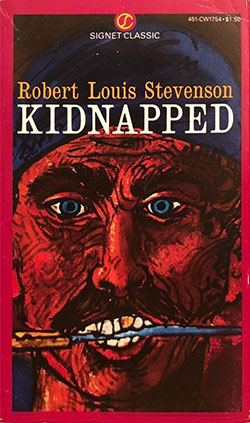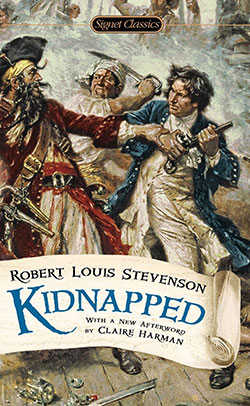
BETH And now we’re going to read the review.
BROOM Eventually. But we do that at the end, if you remember how this works.
BETH I thought it we did it first.
BROOM No, we talk about our thoughts first.
BETH Sorry, man, I forget the protocol!
ADAM It’s been a long time.
BROOM Three years!
BETH No, wait. Two.
ADAM It’s been… two years.
BROOM Oh yeah. Well, more than two years. Two and a few.
ADAM Well. That felt like turning out the lights on Disney Studios. It was not as bad as Chicken Little…
BETH Oh, not at all!
ADAM … but it might have been the second worst.
BETH Maybe the most depressing.
ADAM It might have been the most offensive, other than Chicken Little which was hateful.
BROOM Oh, I’m not coming away with that feeling. I mean it’s not my favorite, but that’s not how I felt, so you’re going to have to talk that through.
ADAM I guess it’s just like “We have no more ideas, so let’s just gorge on the IP in the laziest, dumbest way possible.”
BROOM If you cut out the princess scene, would you still say that that’s what this movie was?
ADAM It still felt incredibly lazy.
BETH I feel like no other Disney movie has been as tied to its culture as this. And of course that’s the point—
BROOM You mean Disney’s culture, or the present-day culture?
BETH The present-day culture. It’s immediately dating itself. Even now it feels a little dated, because Tumblr doesn’t exist anymore, and Tumblr is mentioned. They had to have known that they were doing that, and they didn’t care. That’s the nature of this story. But then it doesn’t play! It doesn’t have a shelf life. Or maybe it does, I don’t know, it just feels weird because it’s so tied to… two years ago.
ADAM And also to a certain feeling about the internet. The internet has had a rough couple of years, as a cultural touchstone.
BETH Yeah.
ADAM Like, today there’s an article in the New York Times about Youtube’s algorithm…
BETH … promoting right-wing extremists.
ADAM … yeah, its rules that send you to right-wing hate groups. I mean… [sigh] I don’t know, man.
BETH It’s just that all the specifics were very specific.
ADAM And nothing worked! Oh my god, it made me so upset. BROOM, you go.
BROOM I don’t really know what to say. My thoughts while I was watching it were that it didn’t feel like the internet feels, to me. And what’s the point of making a cartoon other than to get the stand-up comedy “ha ha yeah” response of recognition? The way they embodied these things and turned them into cartoon scenes doesn’t resonate with my experience of them. On the other hand, I thought, “well, recasting some of these things that I have such a demoralizing relationship to, into cheery cartoon things, would be very welcome —”
BETH The internet’s just a mall, BROOM, it’s just a mall.
BROOM Right, so if the internet were just a partaaay! It’s a rave! It’s a mall! There’s funny people in it! Youtube is just a lady!… That would be a really good feeling! I would like that! So I didn’t want to reject it, and say “I know what the internet really is, it’s that thing that makes me feel terrible.” I felt a hope that at some point it would click in and I would feel like, “Yeah! Maybe the world is okay.” But it didn’t. And that was my complaint about the original Wreck-It Ralph: “This isn’t what videogames feel like.”
BETH I barely even remember the original Wreck-It Ralph.
BROOM At the beginning of this I was reminded of it. “Oh yeah, they live in a power strip? That’s not right. Nobody lives in a power strip. I don’t have any fantasies about the little people who live in my power strip.”
ADAM Is Inside Out the one about the feelings?
BETH Yeah, I was gonna bring that up too.
ADAM So Inside Out was a clever and imaginative and ultimately affecting movie because it was a meaningful depiction of how emotions work, and had something interesting to say about how emotions work, and why sad emotions are still valuable. And this was sort of like that — except this actually had nothing to do with how the internet worked, and was not in any way related to what it feels like to navigate the internet, and it didn’t have anything to tell you about the internet…
BETH I mean, that’s a challenge! How are they going to—
ADAM It was like “Oh, remember Inside Out? Let’s do that, but with the internet!” But then they had no ideas.
BROOM I thought it was more like they watched Toy Story and said “Oh this is so cool because it refers to, like, a Slinky, and people can say ‘Hey I know about Slinky!’, and then they come up with stuff for a Slinky to do. And the claw machine! It’s so funny because people know about the claw machine!” But they ignored the part where Toy Story was a story about a theme that they had extracted from the world of toys. Ralph Breaks the Internet ultimately was a story about giving your friends freedom even if that means feeling insecure.
BETH Allegedly, yes.
BROOM Which has nothing to do with the internet or videogames, or eBay, or whatever. It doesn’t have anything to do with the subject matter, so they just grafted a lot of references on to something that has nothing to do with them.
BETH But I think you’re talking about it in a way opposite to how they conceived it. They grafted the insecurity story on to the internet stuff.
ADAM Right, because it was made by hideous Pixar people who don’t understand how Disney movies work, and think that it’s a joke, and thought that it was funny to call Alan Menken out of retirement to make a joke song. Uggh! So upsetting!
BETH Clearly that was the most affecting part, for you.
BROOM I didn’t see, ADAM — were you in pain?
BETH Yeah, he was distraught.
ADAM Anything where they were, like…
BROOM Anything with the word “Disney” in it.
ADAM Yeah.
BETH They also tried to put a sort of feminist hero slant on the princesses at the end. “Oh, we, the women, are going to rescue him.” But that was offensive. “We’re gonna put him in a dress.”
BROOM It was cheap.
ADAM Wouldn’t it be funny if Snow White had a shirt that said “Girl Power”? Ullllgh.
BROOM When they first opened that box, I thought “the whole ‘Disney princess’ phenomenon is kind of external to the actual princesses, so there’s room for comic commentary here.” And then I was waiting for it… “But, oh, seems like they don’t have any real thoughts about this. They just know that they can get points for doing it.”
BETH They’re just rehashing the talking points of other people.
ADAM It’s obvious that people at Disney thought that the scene in Hercules, where they have gear from other movies, was funny. But that’s five seconds of Hercules! They’re like, “what if that was a whole subplot!”
BROOM I was really open to interesting things they could have done with that. The Disney princesses could say “This whole ‘princess’ shtick where we live in this room together is weird, right?” Because that’s the weird thing, that they’re branded with this status and lumped together. But they didn’t want to do anything critical of the business. Just like they couldn’t be critical of eBay, Amazon…
BETH YouTube!
BROOM YouTube, although they apparently did not want to be in the movie. They were willing to have their name be said; they just weren’t willing to have their algorithm be personified.
ADAM Also, Google is in the movie but nothing happens with Google, he’s just on Google when he gets attacked by… the virus of his emotional insecurities.
BETH Because everyone really uses Ask Jeeves.
BROOM They really took on Ask Jeeves! They made Ask Jeeves look like a pretty good search engine, all things considered! “Knowmore,” it was called here.
ADAM Yeah, and Pinterest was in it… as a pin.
BROOM It should have been the Google maps pushpin. I would have much preferred that.
BETH I think Google might not have approved.
ADAM At the beginning I was like, “Oh yeah, remember your fond feelings about the friendship between Wreck-It Ralph and Vanellope?” Beloved Wreck-It Ralph and Vanellope! Sarah Silverman was annoying the first time; I never wanted to see her again. And then the whole thing is supposed to trade on your affection for these characters.
BROOM Yeah, basically another whole movie about Vanellope. That was another one of my criticisms of Wreck-It Ralph: Fix-It Felix and Wreck-It Ralph have an interesting dynamic; why not make a movie about that instead?
BETH Because they need to make a movie about a powerful woman. Let’s talk about the gay subtext!
BROOM Yeah, why didn’t she get married to Slash, or — what was her name?
BETH Shank.
BROOM I made a joke in the middle of the movie, “It’s gonna end with Vanellope marrying Shank.” And then: everything but!
BETH I just was telling BROOM earlier that I saw Hobbs & Shaw over the weekend. Do you know what that is, ADAM?
ADAM No.
BETH Do you know anything about the Fast and the Furious movies at all?
ADAM Eh.
BETH Okay. They’re famous for basically being homoerotic.
ADAM All right. Say more!
BETH You know, it’s Vin Diesel and Paul Walker, and they’re crushing on each other via cars and racing. So Hobbs & Shaw is an offshoot of that with, uh…
BROOM Jason Statham and The Rock, you told me.
BETH Yes, which is basically the same thing. It’s like they love each other but they hate each other but they love each other, and, like, there’s a woman but it’s really just about them. And I felt like that’s kind of what was happening here! Vanellope just wanted to be with Gal Gadot.
ADAM Who wouldn’t want to be with Gal Gadot.
BETH Who wouldn’t! Right!
BROOM Nobody in the story mentioned that she was hot. Sort of a weird omission.
BETH Yeah, I was waiting for it. “Because she’s so cool, and she has good hair!” I was like, “AND SHE’S HOT.”
ADAM And, like, why can’t you leave a game on the internet just like you can leave an arcade game? Why did they have to be separated forever? It’s because the arcade closes and the internet never closes?
BROOM You’re asking why they couldn’t just hang out overnight like they used to?
ADAM Yeah. Shank and her crew have down time to play basketball! This whole forced moral about friendship, which was grafted on to this stupid picaresque plot, which was not itself very interesting… At least in the original Wreck-It Ralph, some of the games were colorful and intriguing.
BETH That’s a good point.
ADAM Whereas, like, it’s so intriguing to visit eBay, which is… a checkout line. And then all the other websites were just some boxes. And then the whole plot where we’re collecting hearts? For stupid videos? That was so depressing.
BETH Your friend [who said the movie was “really sad”] was right.
ADAM It’s depressing that two hundred million hearts only gets forty-three dollars. Everything is depressing. And that there was no critique in that!
BETH Yeah, that’s the thing.
BROOM Right, that’s what hurts for me. Every scene that started, I was like, “Yeah, tell me! Tell me what the cartoon version of eBay is, because I don’t know how I feel about eBay, and the cartoon might be clarifying!” And then they turned out not have a thought in their heads, and that hurt because…
BETH Because you needed it. You feel like you need it.
BROOM I need it! Who will make a beautiful allegory of what the internet is? Who will humanize it for me?
BETH Not these guys.
BROOM Not these guys. On the other hand, I hope that this sinks into some part of my brain nonetheless. I’ll take anything I can get. The internet is so dark!
BETH Why even take this on? It’s too big! They were doomed! I feel like it was way too ambitious to even try.
BROOM So let’s get to what we were talking about before it started: Why is this a sequel? Why indeed is this a sequel to Wreck-It Ralph of all things? Why did they make a sequel to Wreck-It Ralph? It doesn’t make sense that a videogame character would go on the internet any more than anyone else would go on the internet.
ADAM They’ve been making sequels this whole time, but they’ve been straight-to-video sequels that we haven’t had to trouble ourselves with.
BROOM What do you think those princess voices have been up to for all these years?
ADAM This is not a good sign. And then Frozen 2 is coming? That’s not a good sign either!
BETH That’s where Hollywood is, now. It’s all about sequels.
BROOM I’m gonna guess that she gets the power of fire in Frozen 2. Just a guess.
ADAM They didn’t come up with a better name than Frozen 2.
BROOM There is no better name for marketing than Frozen 2.
BETH That’s right.
BROOM This should have been called Ralph Wrecks the Internet. I thought that from the first time I heard of it. I don’t understand.
BETH Because “breaks the internet” is a thing… or was a thing!
BROOM It was Kim Kardashian’s thing.
BETH Again, they couldn’t keep up with themselves. Also eBay! Not really a thing anymore!
BROOM Is that true?
BETH Yeah, eBay is dead. No one uses eBay. It’s all Etsy, or… I don’t even know.
BROOM I thought the scripting was weak, even given the story. That he was like, “Ee-oh-boy!” “Wait, say that again!” We’re gonna do this for twenty seconds?
BETH It really was twenty seconds. “Say it again!” “Eeee-boy.”
BROOM Why does he even have to hear it as “Eboy?” He could have just said: “There’s a steering wheel on the internet, so we’ve gotta get on the internet!” That would have been fine.
ADAM I don’t think there was a single quip or joke or anything that was memorable.
BROOM I laughed when the gang guy that BETH liked, he crashes in the car chase…
BETH … and he says to himself, “You still have value.” That was the only thing I thought was funny.
BROOM I laughed at one other thing, I can’t remember where, but I do remember immediately after laughing, thinking I should be embarrassed because ADAM did not think that was funny!
ADAM The idea of inserting crossover characters from Sugar Rush into an internet game called Slaughter Race is actually a good idea. Someone should do that, on the internet.
BROOM It was supposed to be Grand Theft Auto, and they said “you know what would be funny, would be to sing a princess song about how ‘I want to live in Grand Theft Auto‘”…
BETH But they didn’t pull it off.
BROOM They couldn’t go all the way there because they can’t say “prostitute.” They can’t say anything actually tawdry.
BETH Because it’s actually for children.
BROOM So they say “we’ve got scary clowns and dumpster fires.” Okay, whatever, but if this is a high/low joke about Disney being high and this game being low, that’s not really low enough.
ADAM I hope Alan Menken made a lot of money. And Idina Menzel, and Anika Noni Rose and all those voices, I hope they made a lot of money. Also: I got bored by the car racing in the first one, and then in the second one: “We’re going to the internet where there’s… more car racing.”
BROOM Yes! And obviously the real massively multiplayer online game on the internet is World of Warcraft, and that’s a rich vein. And different! But they didn’t touch it.
ADAM And then at the end, that the villain was a mindless amalgamation…
BETH Yeah, the King Kong of…
ADAM … of Ralphs.
BETH Yeah. It was gross.
BROOM I thought there was something kind of workable in that concept, that his emotional insecurities have been externalized and are now a monster. I feel like I’ve seen that before, and when they got to it I thought “well, they’re kind of squeezing the Pixar formula out of this despite itself.”
ADAM There’s a Rick & Morty about that, where they go to couples therapy.
BROOM Oh yes, yes, and that was much better.
ADAM There was much too much of silly Ralph videos, which I guess is what my nephews thought was funny when they saw this last year. When they were younger! But I don’t know — a goat with a Ralph head?
BETH Yeah, that wasn’t actually funny. It was like, oh my god, they’re just using actual memes? From now? There’s no way this is going to play! No one is going to rent this video in five years, because it’ll all feel really stale. It felt very shortsighted, to me.
BROOM I didn’t feel disgust while we were watching it. I just want to put that on the record. These Disney animated films at their best either reveal or reinforce or reflect human experiences at a deep fairy-tale level. And, yes, if you could do that about modern shit like the internet, what a gift to the world that would be! So just to make a gesture toward it, I watched the whole thing going, “oh, okay, yeah, the internet, could be one of these movies, think of that…”
BETH But at the end of the day it was just being as bad as the internet!
BROOM Yeah, it was taking the Twitter way out of everything.
ADAM Our project is exempt from the obligation to see the many live-action remakes of classic Disney films that have been coming out since Moana, right?
BROOM Oh yes.
ADAM Which none of us has any desire to see. But just the fact of that is so sad. There’s just nothing left in the barrel, if that’s what they’re doing.
BETH They’re just milking everything.
BROOM So to go to back to your first comment about that, which I think is maybe less deserved here than the other criticisms: it isn’t just an attempt to milk the IP, because — again, if so, why Wreck-It Ralph?
ADAM Yeah, it was like a half-hearted depressing doodle within a larger mishap. I agree that if you were really setting out to cynically cannibalize the IP, you wouldn’t have done it as a throwaway subplot in Wreck-It Ralph 2.
BROOM But that’s a specifically painful thing about it: that the cynicism just sort of arises naturally.
ADAM It’s like nobody even thought that that would be seen as anything other than a loving tribute.
BROOM Or just “hey maybe we’ll get some points for cynical self-reference.”
ADAM But I bet the people who put that in thought it was affectionate. It was just so bankrupt of interest. As soon as the browser pointed to “World of Disney” I was like “Ohhh god.” Ugh. Ugh. Anyway. It wasn’t as bad as Chicken Little, which was actively hateful.
BETH It was not, it really really wasn’t, by leaps and bounds.
ADAM Was it better than Home on the Range? No.
BETH Hmm…
BROOM Home on the Range was kind of funny, as I recall it.
BETH Yeah, you’re right. Because after watching it I do feel scuzzy.
BROOM Okay, again, I gotta say, I don’t feel scuzzy. I thought this had more things for me to think about than the original Wreck-It Ralph did.
BETH I just don’t think its intentions were pure in any way. I think it was trying to be “clever.” The reason I feel scuzzy is because I feel like that insecurity shit was pasted on; that was not the core of it. The core of it was “let’s make ‘the internet’ in a cartoon!” And then they were trying to ‘make it mean something.’
ADAM Because nobody had any ideas, and then somebody rewrote it.
BROOM At the end of course the credit is “Director of Story.”
BETH Also that song at the end, where they’re singing about how it feels to be a zero? No!
BROOM Maybe that’s the real commentary about the internet! “I’ll show you what it feels like to feel like you aren’t good enough for anything!”
ADAM There must have been some kind of thing that went on behind the scenes, a power struggle about what this was going to be about, and somebody lost. And that version of the song was left over from the version of the movie that didn’t make it on to the screen. But they were like “Well, we already paid Imagine Dragons!”
BETH “They wrote this for us, so we gotta use it somewhere.” Maybe. Let’s read the review!
[we now read the New York Times review]
ADAM What?
BETH No.
BROOM They thought the insecurity thing was about how we all behave online, which, hey, a better script doctor would indeed have sewn it in that way.
[we look a bit on Rotten Tomatoes to try to find a review that endorses our criticisms but don’t immediately find one]
BETH That’s so interesting. Are we so inside it that we can’t see outside ourselves, and then with even just a year’s distance, we can? Or is it what you said, BROOM, where everyone is so desperate for some commentary on this topic that they’ll take anything?
[ADAM reads an excerpt from the RogerEbert.com review that calls the princess sequence “an incredibly witty scene that wrestles with Disney’s legacy when the filmmakers could have just included another tribute to the company that pays their bills.”]
BROOM That’s exactly what it is: a tribute to the company that pays their bills. Frozen “wrestles with the legacy” much more deeply, by actually having some of its own opinions. I guess my takeaway was that they failed, but I don’t think that they were…
BETH You think their intentions were pure?
BROOM I just think it was written by young people without enough ideas, rather than people who are trying to…
BETH Rather than people who are actually cynical.
ADAM Yeah, I don’t think it was evil, I just think it was brainless.
BROOM When they started, I thought they were going to go a perfectly reasonable direction, which is to point out that it’s all well and good for them to be in an arcade, but arcades are dead beyond dead, and that place is going out of business. The whole crisis is he’s gonna unplug one machine? Guess what guys! The whole place is going under.
BETH You all better find new games.
BROOM Yeah, I thought they were all gonna go on the internet as refugees.
BETH Good idea. Maybe you should write that movie!
BROOM It hurts to be told that you’re going to be told a story, and then be told just a bunch of knee-jerk jokes.
BETH It’s interesting to me that the two reviews we read mention the Disney princesses scene as a positive, funny, witty thing, when to us that’s what seemed especially cheap.
BROOM It felt like review-bait, for reviewers to have something where they can say “I don’t want to spoil it, but something happens about halfway through the movie that really brings down the house!” Put a thing in the middle that needs mention in the third paragraph of every review.
ADAM If you think seeing Sleeping Beauty in a T-shirt that says “Can I get a snooze button?” is funny, this is the movie for you!
BROOM [paraphrasing the NYTimes review] “Who doesn’t want to see the Little Mermaid put on a T-shirt?” I don’t know: everybody? I did have a feeling during that scene of “Oh all these voice actresses are still alive, that’s nice. Jodi Benson, still doing the Little Mermaid, how nice for her.”
ADAM Well who played Snow White?
BROOM I’m sure it was Disney’s current official Snow White. Because no doubt they’ve made “Snow White 4” and “Snow White 5” for DVD.
BETH You seemed to have the most positive response.
BROOM I wasn’t angered. But I am sad. It does feel like we’ve gone through these eras — the golden age, and then the sadder times, and then it comes back in the 90s with musicals and political correctness, and then it loses its way again and we have the Chicken Little era, and then yeah, Tangled is okay, and Frozen is good, and Moana is good, and Big Hero 6, so there’s a sense of rejuvenation there… and this felt like turning yet another corner. “That thing that we do at Disney? We’re definitely gonna produce that product! But we’re a little addled, right now, so… how about this? [starts tossing random objects that are within arm’s reach] How about this? I got another present for you, I got you this!” They just ran around their house and grabbed things. And Frozen 2 sounds the same. “Oh I totally brought you something!” and then rummaging around in your pocketbook.
ADAM John Lasseter is out of a job now.
BROOM Huggy Bear. [ed.: he means “Lots-‘o-Huggin Bear”]
ADAM When did that happen? Since this movie came out.
BROOM Certainly since this movie was made, anyway.
ADAM Yeah because he’s billed as top brass in this movie. Maybe it was just a weird time at Disney.
BETH Or for the country, or the culture, or all of it! I do think that this president has had an effect on art.
BROOM Psyches, yeah. I don’t think that America has responded well, artistically, to a time a of moral crisis.
BETH It takes time.
ADAM It’s too early.
BROOM You really need to digest it first.
BETH Yeah. And then you respond.
BROOM I feel like we’ve got so many Aaron Sorkins who are willing to jump up on the third day and say “I know how to respond to this!” Like David Mamet buzzes in immediately, BZZZ! “I’ve written a play!” And they don’t really know anything about it. And I’m still waiting to see a story…
BETH Yeah, you’ll get it in ten years.
BROOM …a story that reminds me that I’m a person even when such things happen.
ADAM Perhaps you enjoyed the hit Broadway play “Hillary and Clinton.”
[discussion ensues about what this show was, and who was in it, and then about whether any of us have functioning memories]
ADAM Toni Morrison was asked at one point if she had any advice for young writers, and she said “Wait til you’re forty.”
BETH This is our year!
ADAM Yeah. Our country needs us!
BROOM Hey, joke but no joke. If you have digested the current moment and experienced it at a poetic narrative level, bring it!
BETH Please. We’re all ears.
BROOM I’m really eager for that. And I don’t know why I would have expected that from Ralph Breaks the Internet, but… You know, the internet is its own crisis. Even if the president were whatever her name was, Hillary Clinton, we would still be living in a time of moral crisis.
ADAM I think the moral crisis aspect of modern life can be mitigated just by removing yourself from the historically unprecedented access we have to all things, which is to say the internet.
BROOM Yeah, and they didn’t address that. Well, she did say one line: “It’s very big.”
BETH It’s true that what they saw was entirely commerce-based, and not even about, like, Wikipedia.
ADAM There was an email train going by; that was about the only communication that was happening.
BROOM And the absolute stratification between totally pristine, clean, CGI fantasy, and then the “bad part of town” which was literally just a cliché bad part of town.
BETH I did kind of like Spamley, or whatever his name was.
BROOM Yeah, and who was that voice?
ADAM It was a name we didn’t recognize. [ed.: actually it was Bill Hader]
BETH I liked his old New York style: “Nyaaaaaah… wanna see a dirty pictcha?”
BROOM I liked “why don’t you come over to my website — oh sorry it’s a mess.” That was one of the moments where there was a spark of “that is a little like the internet.”
ADAM I find myself doing the “Nyaaaaaah, wise guy, eh?” voice as a joke a lot lately, and Mark has no idea what I’m talking about or why I’m doing it. And frankly I have no idea what I’m talking about or why I’m doing it.
BROOM Kids today just don’t appreciate Edward G. Robinson anymore! It seems like since 2011 or 2012, you just don’t hear kids talking about Edward G. Robinson.
BETH But then why is anyone inclined to do it?
BROOM Nyaaaaah, ’cause it’s a great voice, is why!
ADAM I’ve of course never seen an Edward G. Robinson movie.
BETH Yes you have!
BROOM You’ve seen The Ten Commandments.
ADAM No I haven’t. All I’ve ever seen is Tiny Toons.
BETH Oh, sure. You only know parodies. Haven’t you seen Double Indemnity?
ADAM No.
BROOM What’s “is this the end of little Rico? [sic]” What movie is that?
BETH I don’t know. See, we’re all pretty ignorant.
[ed.: it’s Little Caesar (1931), guys]
